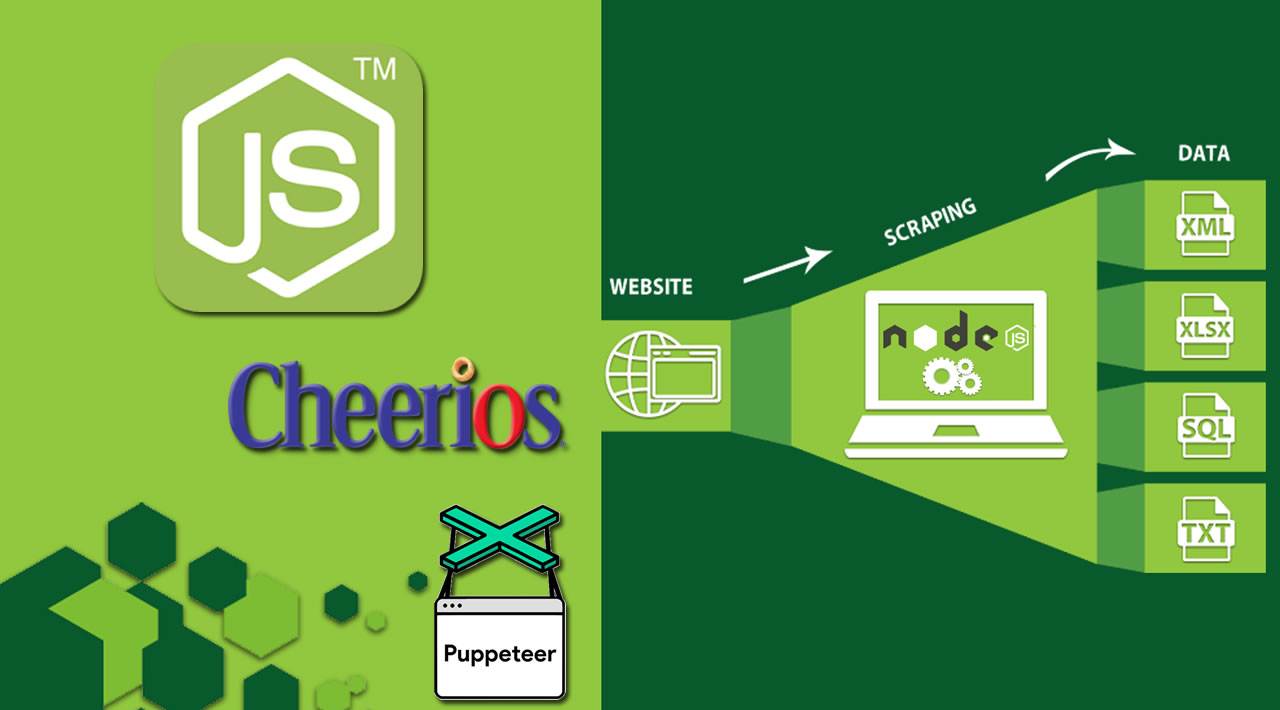

We will target specific elements on the page we need to scrape only. The cheerio package will enable us to manipulate the DOM by reading the elements on the page.Checkout our latest product - the ultimate tailwindcss page creator 🚀 const express = require( 'express') Ĭonsole.log( `server is running on PORT: $`) In our app.js JavaScript file, we use the following code below to import Express.js, create an instance of the Express application, and finally start the app as an Express server. axios, a promise-based HTTP client for the browser and node.js.Cheerio implementation is identical to jQuery. cheerio, a package that parses markup and provides an API for traversing/manipulating the resulting data structure.express, a fast and flexible Node.js web framework.
#BUILD A WEBSCRAPER NODE INSTALL#
Then after the initialisation, we need to install the dependencies express, cheerio, and axios. We will install the express package from the npm registry to help us write our scripts to run the server. The above command helps to initialise our project by creating a package.json file in the root of the folder using npm with the -y flag to accept the default. NPM is available when you install Node from the official documentation InstallationĬreate a node server with the following command.

#BUILD A WEBSCRAPER NODE HOW TO#
This tutorial will demonstrate how to automate scraping data off of the website and using it for whatever purpose.

Doing this with a pen and paper can lead to errors and missing out on specific information from the website. How do you increase productivity, especially when you want to multi-task and achieve so much in so little time? We have all encountered situations when our lead in an organisation instructs us to get (scrape) information off the internet, especially if we are in a team that does a lot of manual processes to achieve your work.


 0 kommentar(er)
0 kommentar(er)
